- Login to Cisco UCS Manager
- Configure Service Profile Management IP address
Servers – Service Profile – Actions – Change Management IP address - Change/Create IPMI user
Servers – Policies – IPMI Access Policies
IPMI over LAN – Enable
Create IPMI user. The user name is CaseSENSITIVE!
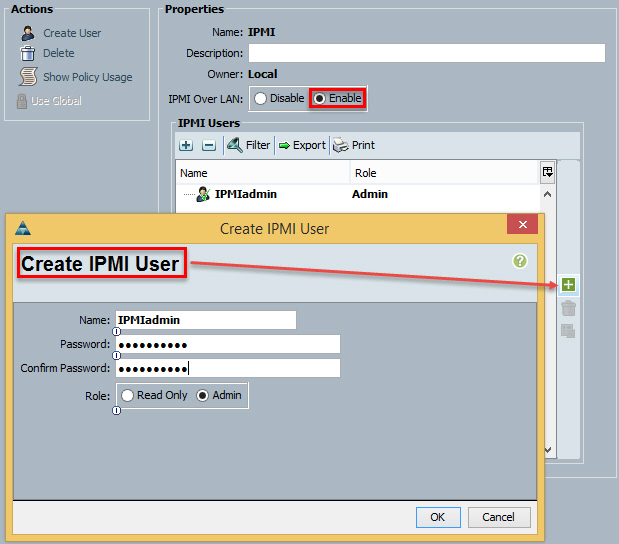
- Check the policy is associated to the Service Profile or Template
Policies – IPMI Access Profile Policy – IPMI

- Make a note the blade’s CIMC MAC address:
Equipment – Chassis X – Servers – Server X – Inventory – CIMC – Management Interface
NB You can hover over the MAC address, Right Click and select Copy

- Configure VMware vSphere ESXi host – Configuration – Power Management – Properties

- Click OK.
- Configure Cluster Power Management:
Cluster settings – vSphere DRS – Power Management (Manual/Automatic) - You can also put the host in Standby mode manually if required.
|
||||||
|
I installed ECM Secure Remote Services (ESRS) Policy Manager 6.6 using default settings. Launching the application page ( General System Error: Apparently, if you install the ESRS Database on the same server as the Policy Manager, all you need to do is to change the Database Port Number from the default port 9001 to, for example, 9002. Hope this will help. VCE Vblock consist of many components and when it gets built in the VCE factory, these components are configured with a standard VCE password(s). These passwords can be found in the documentation provided by VCE. This can be in a form of a spreadsheet or as part of VCE Vblock System As-Built documentation which also includes all technical details for your Vblock (host names, IPs, serial numbers, Site IDs, diagrams etc). Obviously, it is a security risk to keep standard passwords when Vblock goes into production and therefore it is recommended to get them changes according to your security standards. If you are not familiar with where and how to change the default passwords, this can be quite time consuming process. But there is no need to stress about this anymore! VCE have finally released a document that lists the procedures for changing password on all Vblock components. The VCE Vblock Systems Password Management document is available on VCE Support Portal under Article Number 3581 / vce3581 (requires VCE Support Portal account). Enjoy. PS My Default Passwords page has a good selection of standard passwords for EMC, Cisco and VMware products as well.
VMware vSphere Replication Appliance documentation:
Upgrade vSphere Replication. The same procedure is applicable to vSphere Replication Appliance and vSphere Replication Server
Hope this will help. VCE Vision 2.x has one-to-one relationship with Vblock / vCenter ie if you have two Vblocks / vCenters, you need to install two VCE Vision appliances and link them to the appropriate vCenter. In my environment I have two Vblocks and their vCenters are configured in Linked Mode for ease of management. I recently upgraded VCE Vision and the Plug-In for vCenter in one Vblock and noticed that the VCE Vision Plug-In stopped displaying Vblock information in the linked vCenter (although vCenters are in the Linked Mode, you need to use the URL of the second vCenter when you launch vCenter Web Client). DC1: VCE Vision and the Plug-In for vCenter are v. 2.6.3 DC2: VCE Vision Plug-In for vCenter is v. 2.6.3 but the appliance is still 2.6.2 If you have two vCenters in Linked Mode and upgrade VCE Vision appliance and the plug-in for vCenter in one environment, the plug-in will be upgraded on the linked vCenter as well. Let’s check the VCE Vision Plug-In for vCenter files, by default they are in “
I am not sure if it is a bug or a feature, I will forward these findings to VCE Vision development team for analysis. In the meantime, if you have vCenters in Linked Mode, please upgrade VCE Vision virtual appliances and the Plug-Ins one straight after the other. PS For the instructions how to upgrade VCE Vision IO virtual appliance and the Plug-IN for vCenter, please refer to “HOW TO: Upgrade VCE Vision” article.
EMC PowerPath Virtual Appliance:
EMC PowerPath Virtual Appliance 2.0 has been released:
The high-level upgrade procedure is as the following:
Here are the detailed steps:
Hope this will help. When you open EMC Secure Remote Services (ESRS) Policy Manager 6.6 URL “ Policy Manager 6.6 requires that the web client have Flash 11 or above installed. The Policy Manager is complied with dynamic libraries that need to be updated and registered from the Adobe web site. If the customer has the Policy Manager in a locked down network environment that does not have internet access and cannot reach the Adobe Site to update the libraries the Error 2032 is displayed. To get this fixed, you can either permit Internet Access for the server hosting the Policy Manager or place specific files to the Policy Manager directories. Please refer to EMC KB Article 000188143 for details.
Once you change the IP of the vRealise Automation Appliance you may observe an issue where although you can reach the VCAC splash page i.e. https://<hostname>/ you may not be able to reach the vRealize Automation console i.e. https://<hostname>/vcac On the VCAC appliance: Ssh to the appliance and modify the login as: root VMware vCloud Automation Center Appliance root@vac001's password: vac001:~ # vi /etc/hosts
VAMI_EDIT_BEGIN 127.0.0.1 localhost 192.168.100.101 vac001 # VAMI_EDIT_END Login to vRealize Business appliance management interface, unregister and register with VCAC again: EMC XtremIO array supports two types of authentication for internal users:
In case the user account is used to run scripts and you don’t want to expose the password, using public key authentication would be the preferred method. In the following example we will configure Linux user to connect to XtremIO:
Hope this will help. New VSAN is configured in enhanced mode and we’re utilised smart zoning: Switch01# sh zone status vsan 10
VSAN: 10 default-zone: deny distribute: full Interop: default
mode: enhanced merge-control: allow <<---
session: cli [admin]
hard-zoning: enabled broadcast: unsupported
smart-zoning: enabled <<---
rscn-format: fabric-address
Default zone:
qos: none broadcast: unsupported ronly: unsupported
Full Zoning Database :
DB size: 532 bytes
Zonesets:1 Zones:2 Aliases: 4 Attribute-groups: 1
Active Zoning Database :
DB size: 200 bytes
Name: zs_vsan10 Zonesets:1 Zones:2
Current Total Zone DB Usage: 732 / 2097152 bytes (0 % used)
Pending (Session) DB size:
Full DB Copy size: 576 bytes
Active DB Copy size: 200 bytes
SFC size: 776 / 2097152 bytes (0 % used)
Status:
Implementing configuration changes using enhanced mode means we need to commit changes to the vsan. It’s greatest benefit is to ensure that we can configure a FC network within a single session and locks the fabric. In the example below we’re going to create a new smart zone per fabric for a new VMware vSphere cluster of hosts, that will connect to the existing EMC XtremIO target ports. Pre-requisites
High Level Tasks
Step1 – Create Device AliasesSwitchA conf t device-alias database device-alias name host01_vhba0 pwwn 20:00:00:25:b5:04:a0:04 device-alias name host02_vhba0 pwwn 20:00:00:25:B5:04:a0:05 exit device-alias commit SwitchB conf t device-alias database device-alias name host01_vhba1 pwwn 20:00:00:25:b5:04:b1:04 device-alias name host02_vhba1 pwwn 20:00:00:25:b5:04:b1:05 exit device-alias commit Step 2 – Create FC AliasesUseful for grouping FC hosts SwitchA (whilst still in configuration mode session) fcalias name cluster01_hosts vsan 10 member device-alias host01_vhba0 initiator member device-alias host02_vhba0 initiator exit fcalias name cluster01_x10 vsan 10 member device alias X1_SC1_FC1 target member device alias X1_SC2_FC1 target exit SwitchB (whilst still in configuration mode session) fcalias name cluster01_hosts vsan 11 member device-alias host01_vhba1 initiator member device-alias host02_vhba1 initiator exit fcalias name cluster01_x10 vsan 11 member device-alias X1_SC1_FC2 target member device-alias X1_SC2_FC2 target exit Step 3 – Create zonesSwitchA (whilst still in configuration mode session) zone name cluster01_x10_hosts vsan 10 member fcalias cluster01_x10 member fcalias hosts_cluster01 exit SwitchB (whilst still in configuration mode session) zone name cluster01_x10_hosts vsan 11 member fcalias cluster01_x10 member fcalias cluster01_hosts exit Step 4 – Add Zone to ZoneSetSwitchA (whilst still in configuration mode session) zoneset name zs_vsan10 vsan 10 member cluster01_x10_hosts exit SwitchB (whilst still in configuration mode session) zoneset name zs_vsan11 vsan 11 member cluster01_x10_hosts exit Step 5 – Activate zoneset, commit VSAN changes & save configurationSwitchA (whilst still in configuration mode session) zoneset activate name zs_vsan10 vsan 10 zone commit vsan 10 end copy run start SwitchB (whilst still in configuration mode session) zoneset activate name zs_vsan11 vsan 11 zone commit vsan 11 end copy run start I hope this will help. |
||||||
|
Copyright © 2024 vStrong.info - All Rights Reserved Powered by WordPress & Atahualpa |
||||||

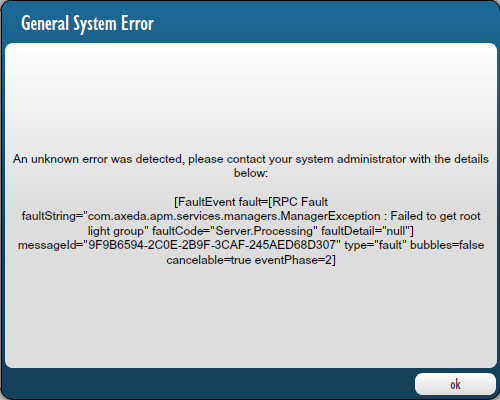



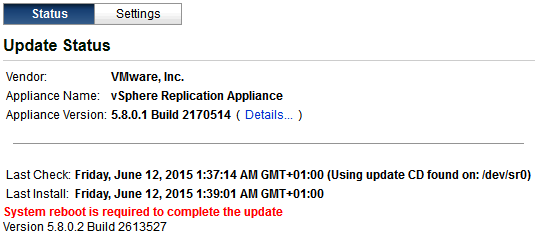
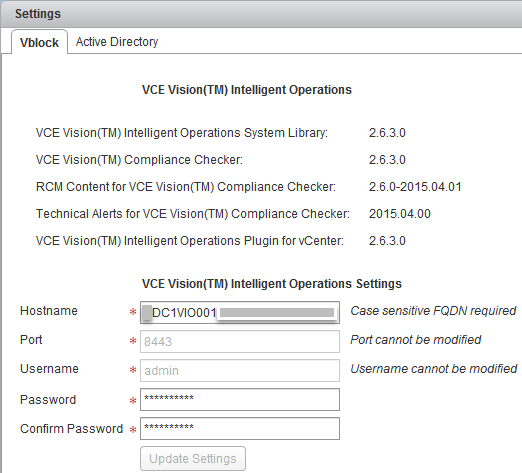
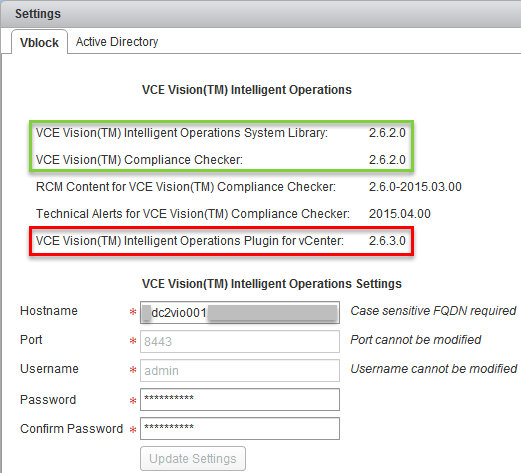
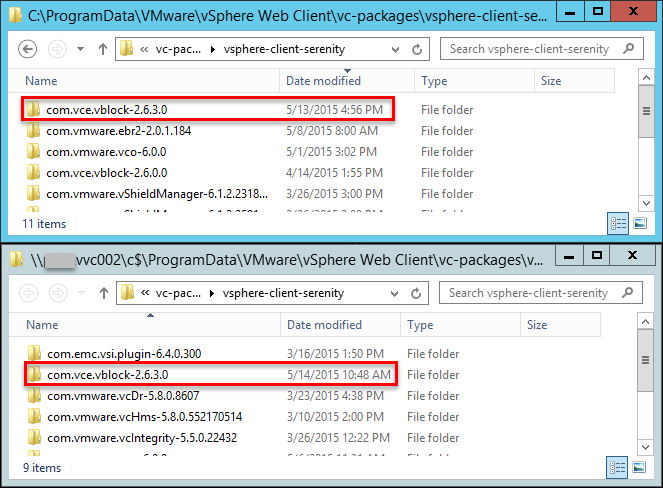
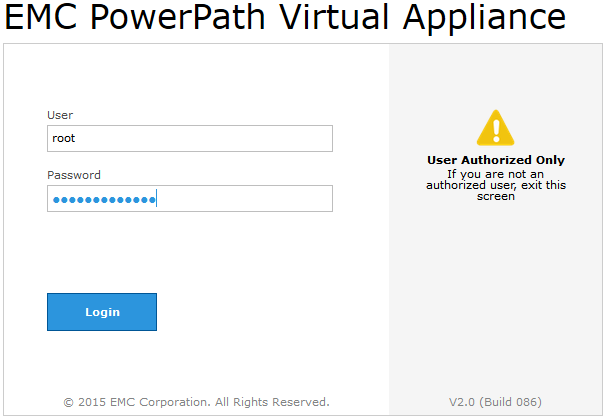

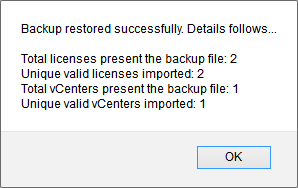
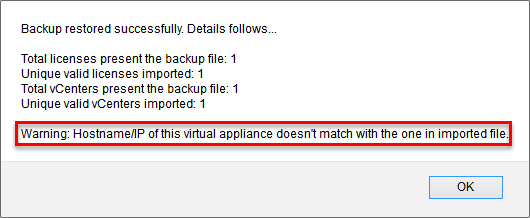
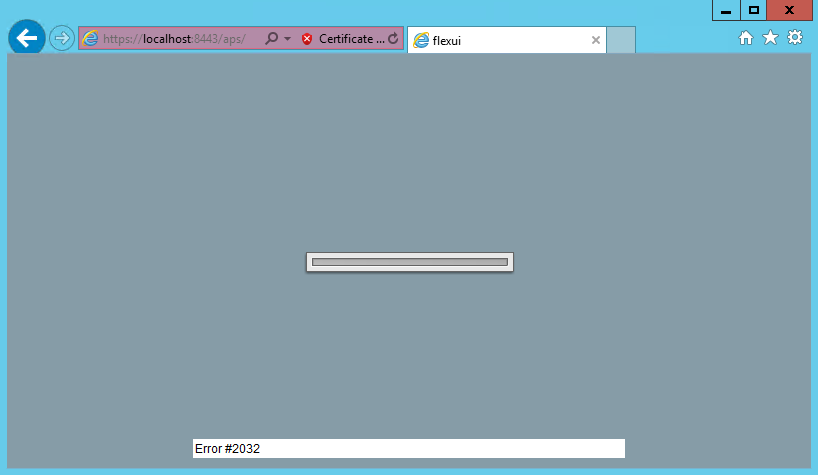
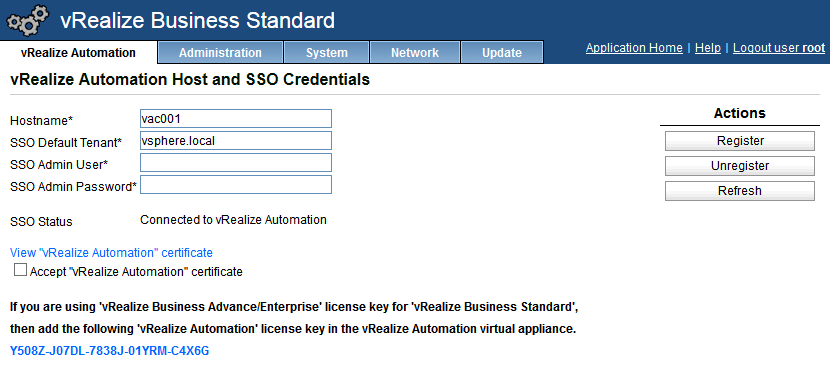
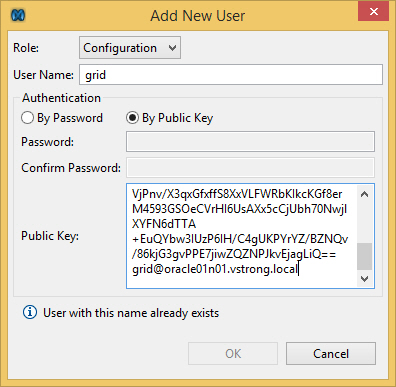
Recent Comments